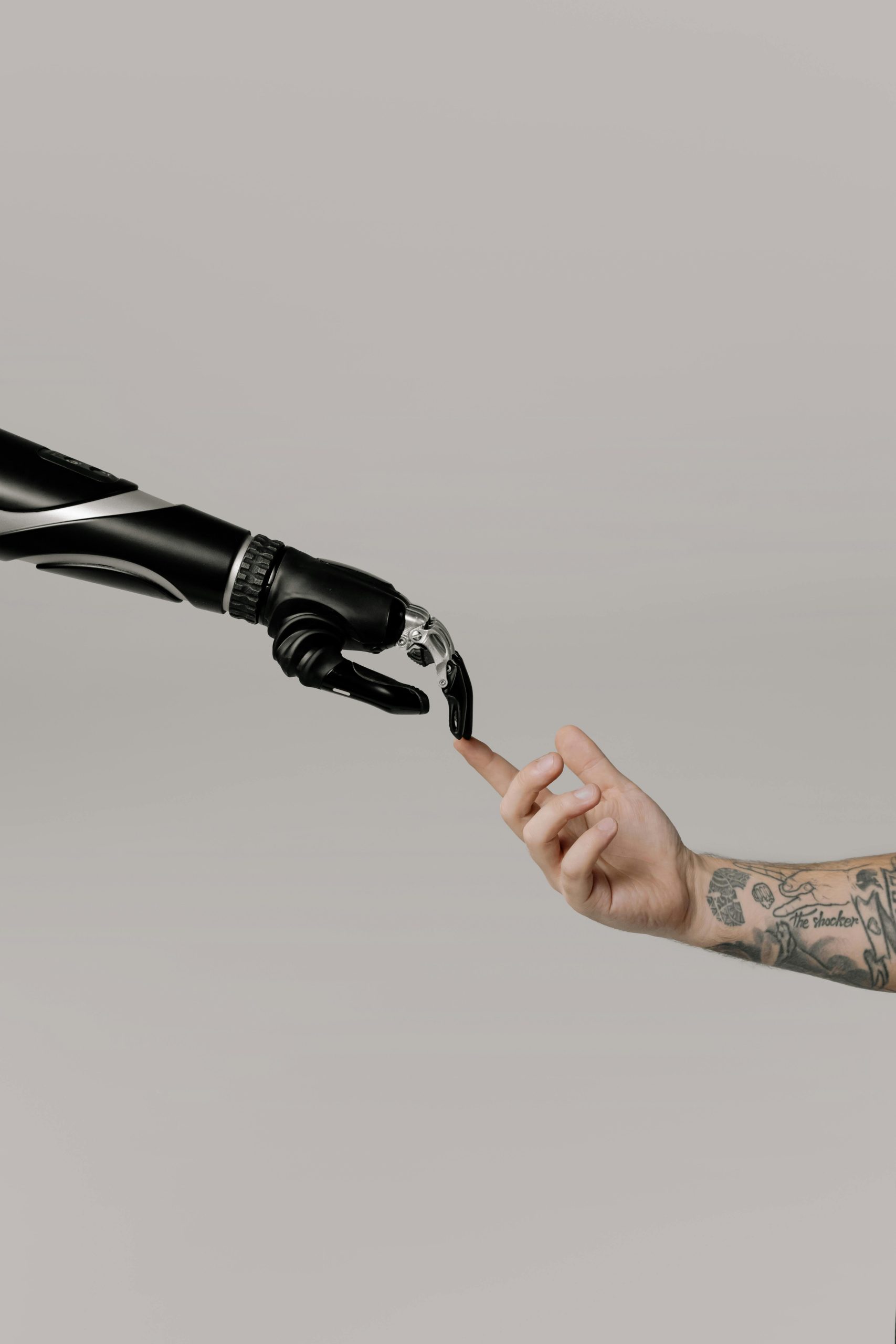Imagine a world where humans can lift heavy objects effortlessly, walk for miles without fatigue, or even regain mobility after a spinal cord injury. This isn’t science fiction—it’s the reality of exoskeletons, robotic suits designed to augment human strength and mobility. As technology advances, exoskeletons are transitioning from military and medical applications to everyday use, revolutionizing industries and improving lives. This article explores how exoskeletons are shaping the future of robotics and enhancing human capabilities.
What Are Exoskeletons?
Exoskeletons are wearable robotic devices that work in tandem with the human body to enhance physical performance. These suits can be powered by motors, hydraulics, or pneumatics, providing support to the wearer’s limbs and reducing strain on muscles and joints. They come in two main types: passive (unpowered, using mechanical structures) and active (powered, with sensors and actuators).
Key Components of Exoskeletons
- Frame: Lightweight materials like carbon fiber or aluminum provide structural support.
- Actuators: Motors or hydraulics generate movement and force.
- Sensors: Detect muscle activity, motion, and external forces to adjust assistance.
- Control System: Algorithms process sensor data to coordinate movements.
- Power Source: Batteries or external power supplies fuel active exoskeletons.
Applications of Exoskeletons
Exoskeletons are being deployed across various fields, from healthcare to industrial work, demonstrating their versatility and potential.
Medical Rehabilitation
One of the most transformative uses of exoskeletons is in physical therapy and rehabilitation. Patients recovering from strokes, spinal cord injuries, or neurological disorders can regain mobility through robotic assistance. Devices like the EksoNR and ReWalk help individuals relearn walking patterns, reducing dependence on wheelchairs.
Industrial and Military Use
In physically demanding jobs, exoskeletons reduce fatigue and prevent injuries. Warehouse workers, construction laborers, and soldiers benefit from suits like the Lockheed Martin ONYX or Sarcos Guardian XO, which enable them to lift heavy loads with ease. The military is also exploring exoskeletons to enhance soldiers’ endurance and carrying capacity.
Assistive Technology for the Elderly
As populations age, exoskeletons offer a solution for maintaining independence. Lightweight, wearable exos like the Cyberdyne HAL assist with balance and movement, helping seniors stay active and reducing fall risks.
How Exoskeletons Enhance Human Capabilities
Exoskeletons amplify human strength, endurance, and precision in ways previously unimaginable.
Strength Augmentation
Powered exoskeletons can multiply a user’s lifting capacity, enabling them to handle weights far beyond their natural ability. This is invaluable in industries like manufacturing and logistics, where heavy lifting is routine.
Endurance and Fatigue Reduction
By supporting joints and muscles, exoskeletons reduce strain during repetitive tasks. Workers can perform longer shifts without exhaustion, improving productivity and reducing workplace injuries.
Precision and Control
Advanced exoskeletons incorporate AI and machine learning to provide precise movements, aiding surgeons or technicians in delicate operations where steady hands are crucial.
Challenges and Future Developments
Despite their promise, exoskeletons face hurdles before becoming mainstream.
High Costs
Current exoskeletons are expensive, limiting accessibility. However, as technology scales, prices are expected to drop, making them more affordable for consumers and businesses.
Battery Life and Weight
Active exoskeletons require power, and bulky batteries can hinder mobility. Advances in energy-efficient designs and lightweight materials are addressing these issues.
User Adaptation
Learning to operate an exoskeleton takes time, and not all users adapt quickly. Improved intuitive controls and AI-driven customization will enhance usability.
The Road Ahead
Future exoskeletons may integrate brain-computer interfaces (BCIs), allowing users to control them with thoughts. Researchers are also exploring soft exoskeletons made from flexible materials for greater comfort and versatility.
Conclusion
Exoskeletons represent a groundbreaking fusion of robotics and human physiology, offering solutions to physical limitations and transforming industries. From medical rehabilitation to industrial efficiency, these devices are redefining what humans can achieve. While challenges remain, ongoing advancements promise a future where exoskeletons are as common as smartphones, empowering people to move, work, and live better. The age of human-machine synergy is here—and exoskeletons are leading the charge.
